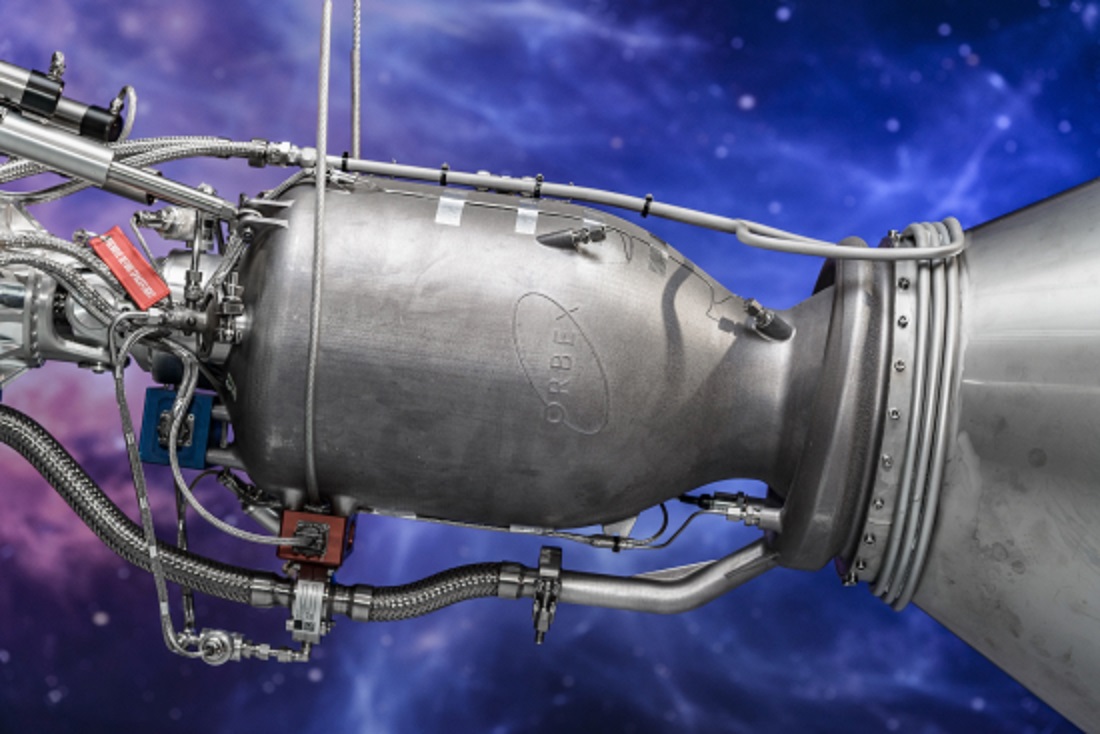
UK space and aerospace company Orbex says that it has built what it says is the world’s largest metal rocket engine, 3D printed in a single piece.
Orbex makes small satellite launch vehicles and the new engine has been made for Prime, an environmentally-friendly launcher which uses 100% renewable fuel to cut carbon emissions by 90% and a zero-shock staging and features payload separation resulting in zero orbital debris. Because it was made using selective laser melting printed on SLM Solutions’ SLM 800 machine, it is reportedly 30% lighter and 20% more efficient than other launch vehiclse in its category.
The space company received £30 million in public and private funding from sources including the UK Space Agency and venture capital firms Sunstone Technology Ventures and the High-Tech Gründerfonds.
’Our aim during the process was to fulfil the quality expectations of the Orbex team, keep the functionality of the part and make it suitable for additive manufacturing,’ said Lukas Pankiewicz, applications specialist at SLM Solutions who developed the parameters for the engine’s particular geometry. ‘Every single support structure used in data preparation has been customized to obtain the best quality in every section of the engine, taking post-processing into consideration as well.’
The SLM 800 metal additive manufacturing (AM) system features a 280 x 500 mm powder bed that can build parts 850 mm tall, allowing the engine to be built in a special nickel alloy in a single piece. ‘Orbex and SLM Solutions have solved some important puzzle pieces which will change the space business,’ said Jonas Bjarnoe, chief technology officer at Orbex.
This story is adapted from material from SLM, with editorial changes made by Materials Today. The views expressed in this article do not necessarily represent those of Elsevier.





